
How to Use JST PH 2.54 connector: Examples, Pinouts, and Specs
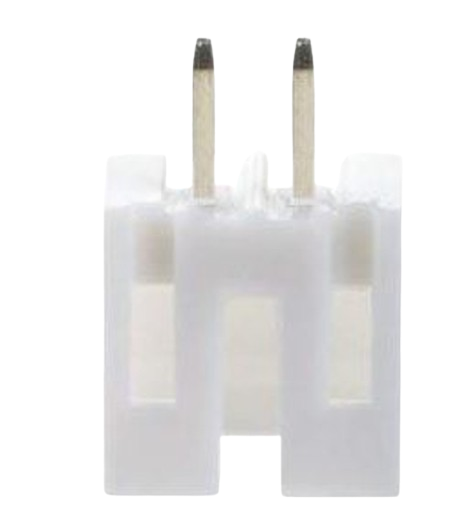
 Design with JST PH 2.54 connector in Cirkit Designer
Design with JST PH 2.54 connector in Cirkit DesignerIntroduction
The JST PH 2.54 Connector (Manufacturer Part ID: JST 2.54 2P) is a compact, reliable connector designed for connecting wires in electronic circuits. With a 2.54mm pitch, it is widely used in low-power applications where space-saving and secure connections are essential. This connector is part of the JST PH series, known for its durability and ease of use.
Explore Projects Built with JST PH 2.54 connector
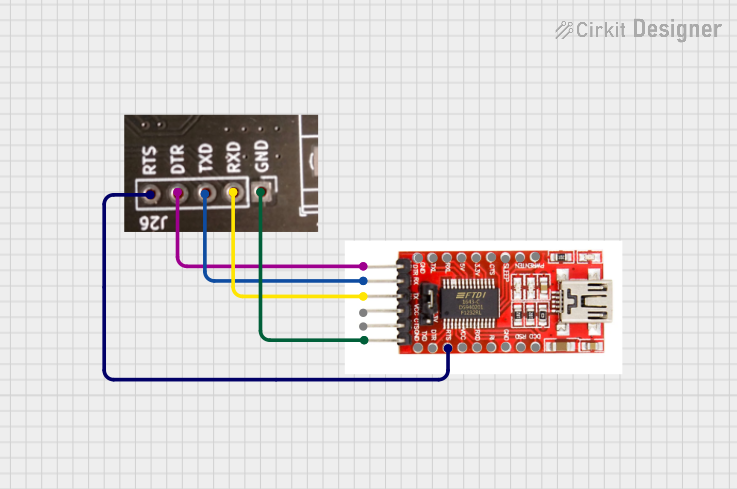
 Open Project in Cirkit Designer
Open Project in Cirkit Designer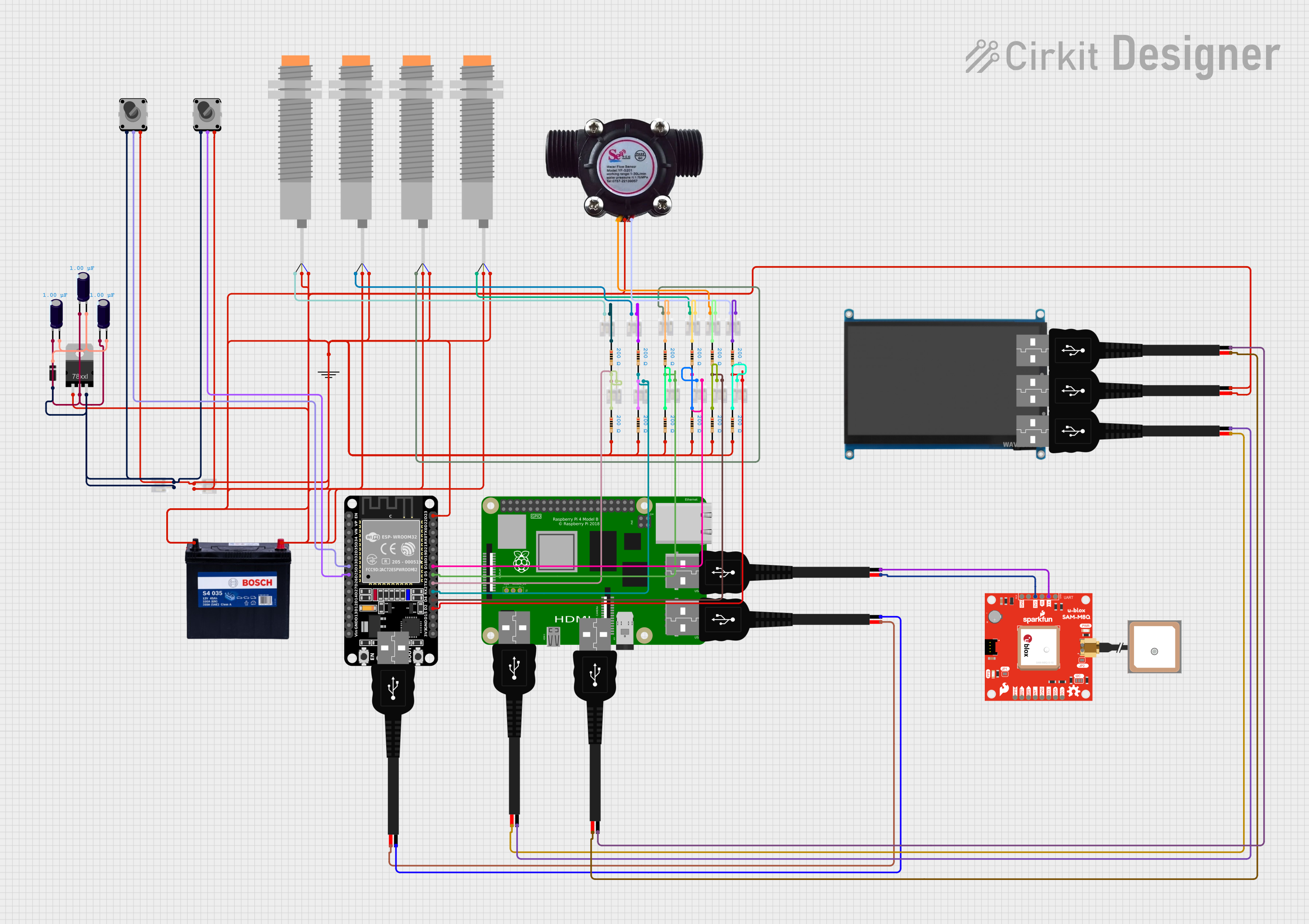
 Open Project in Cirkit Designer
Open Project in Cirkit Designer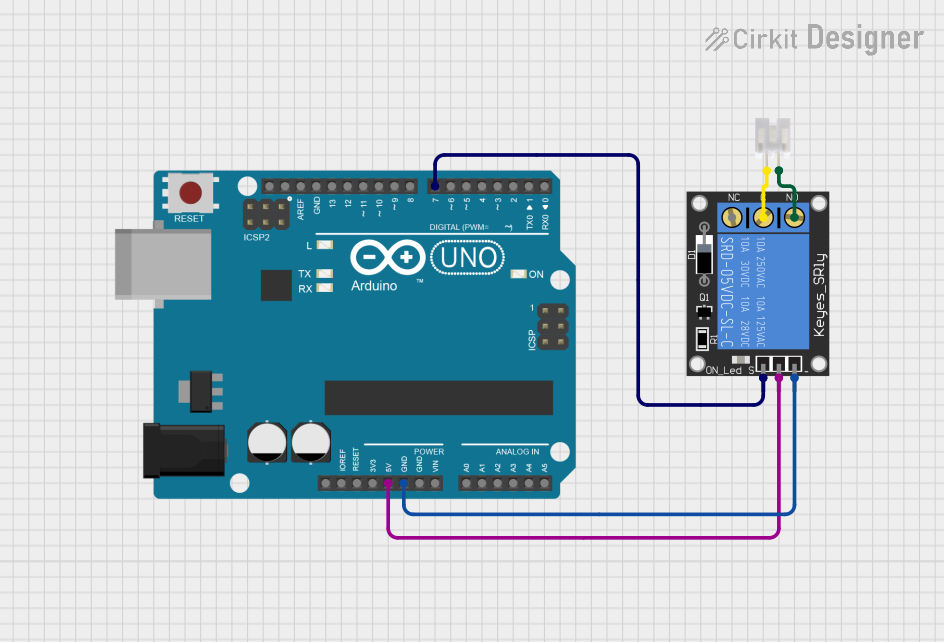
 Open Project in Cirkit Designer
Open Project in Cirkit Designer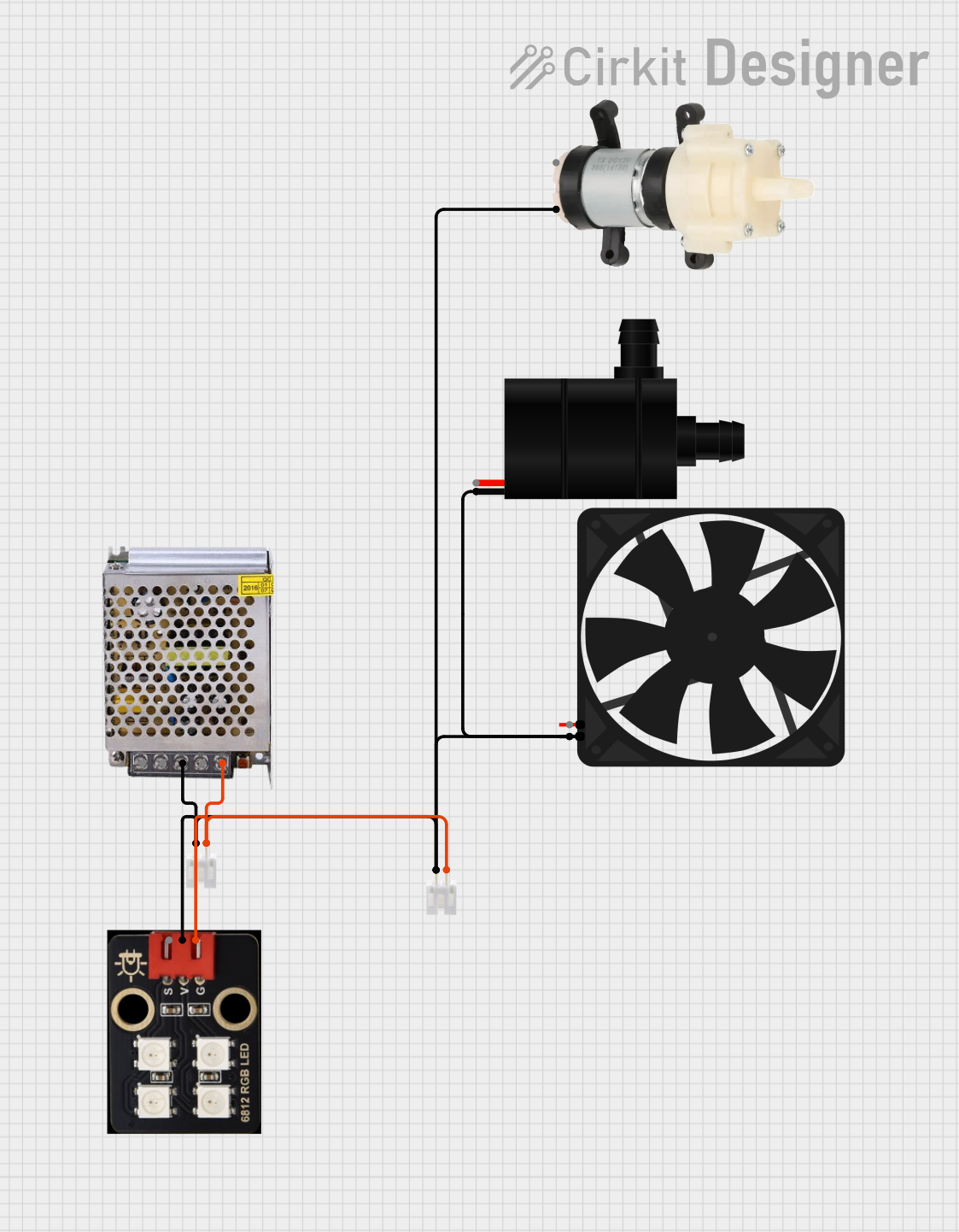
 Open Project in Cirkit Designer
Open Project in Cirkit DesignerExplore Projects Built with JST PH 2.54 connector

 Open Project in Cirkit Designer
Open Project in Cirkit Designer
 Open Project in Cirkit Designer
Open Project in Cirkit Designer
 Open Project in Cirkit Designer
Open Project in Cirkit Designer
 Open Project in Cirkit Designer
Open Project in Cirkit DesignerCommon Applications and Use Cases
- Consumer Electronics: Used in devices like remote controls, toys, and small appliances.
- Prototyping and DIY Projects: Ideal for connecting sensors, modules, and other components.
- Battery Connections: Commonly used for connecting rechargeable batteries to circuits.
- LED Lighting: Provides a secure connection for low-power LED strips and modules.
Technical Specifications
The following table outlines the key technical details of the JST PH 2.54 Connector:
| Parameter | Value |
|---|---|
| Manufacturer | JST |
| Series | PH |
| Pitch (Pin Spacing) | 2.54mm |
| Number of Positions | 2 |
| Current Rating | 2A (maximum) |
| Voltage Rating | 100V AC/DC (maximum) |
| Wire Gauge Compatibility | 28-22 AWG |
| Operating Temperature | -25°C to +85°C |
| Contact Material | Phosphor Bronze |
| Insulation Material | Nylon 66 (UL94V-0 flame rating) |
Pin Configuration and Descriptions
The JST PH 2.54 Connector typically has two pins, as described below:
| Pin Number | Description | Notes |
|---|---|---|
| 1 | Positive (+) Terminal | Connect to the positive voltage source. |
| 2 | Negative (-) Terminal | Connect to ground or negative terminal. |
Usage Instructions
How to Use the Component in a Circuit
Wire Preparation:
- Strip the insulation from the wire ends (approximately 2-3mm).
- Ensure the wire gauge is compatible (28-22 AWG).
Crimping:
- Use a compatible crimping tool to attach the crimp terminals to the wire ends.
- Ensure a secure crimp to avoid loose connections.
Connector Assembly:
- Insert the crimped terminals into the connector housing until they click into place.
- Verify that the terminals are securely locked.
Circuit Connection:
- Plug the connector into the corresponding male header or socket.
- Ensure proper polarity to avoid damage to the circuit.
Important Considerations and Best Practices
- Polarity: Always double-check the polarity of the connections to prevent damage to components.
- Secure Connections: Ensure the crimp terminals are properly seated in the housing to avoid intermittent connections.
- Current and Voltage Limits: Do not exceed the specified current (2A) and voltage (100V) ratings.
- Environmental Conditions: Avoid exposing the connector to temperatures or conditions outside its operating range (-25°C to +85°C).
Example: Connecting to an Arduino UNO
The JST PH 2.54 Connector can be used to connect a sensor or module to an Arduino UNO. Below is an example of connecting a 5V sensor:
Circuit Diagram
- Pin 1 (Positive): Connect to the Arduino's 5V pin.
- Pin 2 (Negative): Connect to the Arduino's GND pin.
Sample Code
// Example code for reading data from a sensor connected via JST PH 2.54 connector
// Ensure the sensor's output is connected to Arduino pin A0
const int sensorPin = A0; // Analog pin connected to the sensor output
void setup() {
Serial.begin(9600); // Initialize serial communication at 9600 baud
pinMode(sensorPin, INPUT); // Set the sensor pin as input
}
void loop() {
int sensorValue = analogRead(sensorPin); // Read the sensor value
Serial.print("Sensor Value: ");
Serial.println(sensorValue); // Print the sensor value to the Serial Monitor
delay(500); // Wait for 500ms before the next reading
}
Troubleshooting and FAQs
Common Issues and Solutions
Loose Connections:
- Issue: The connector feels loose or the circuit intermittently disconnects.
- Solution: Ensure the crimp terminals are properly seated in the housing. Use a crimping tool for a secure fit.
Incorrect Polarity:
- Issue: The circuit does not work or components are damaged.
- Solution: Double-check the polarity of the connections before powering the circuit.
Overheating:
- Issue: The connector or wires become hot during operation.
- Solution: Verify that the current does not exceed the 2A rating. Use thicker wires if necessary.
Connector Does Not Fit:
- Issue: The connector does not fit the mating header or socket.
- Solution: Ensure the mating component is compatible with the 2.54mm pitch.
FAQs
Q1: Can the JST PH 2.54 Connector be used for high-power applications?
A1: No, this connector is designed for low-power applications with a maximum current rating of 2A.
Q2: What tools are required for crimping?
A2: A compatible crimping tool, such as the JST WC-240, is recommended for secure and reliable crimps.
Q3: Can I reuse the connector housing?
A3: Yes, the housing can be reused, but ensure the crimp terminals are not damaged during removal.
Q4: Is the connector waterproof?
A4: No, the JST PH 2.54 Connector is not waterproof. Use additional protection if operating in wet environments.